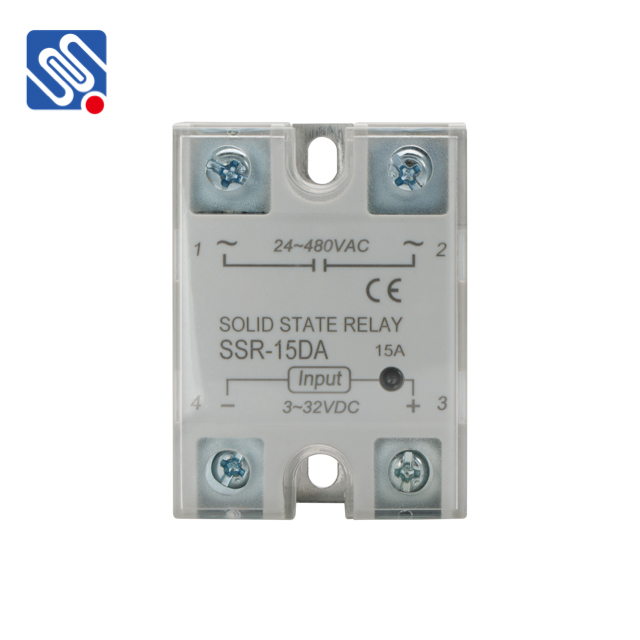Mechanical Wear: Relays, especially electromechanical ones, rely on moving parts (such as contacts) that open and close. Over time, these parts can wear out due to repeated use, causing the relay to eventually fail.

Electrical Stress: When the relay is used to switch electrical currents, the contacts can experience wear due to arcing, especially when switching higher voltages or currents. This can degrade the contacts, reducing the relay’s lifespan. Environmental Factors: External factors such as temperature, humidity, dust, or corrosive environments can also impact the lifespan of a relay. Operating in extreme conditions can shorten the lifespan by causing physical degradation of the relay components. Overloading: Relays that are subjected to currents or voltages above their rated specifications can fail prematurely. This overloading may occur due to improper design, incorrect selection of the relay for the application, or malfunction in the system.
Leave a Reply